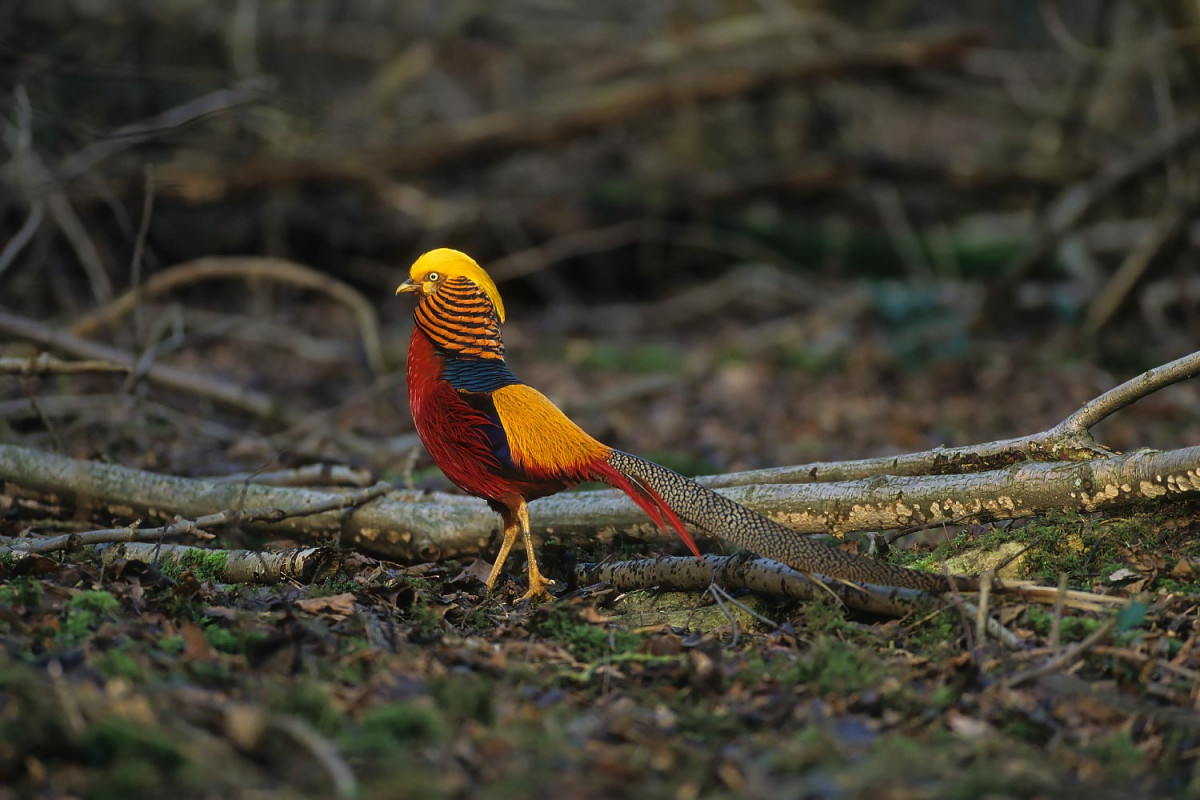Scientists are learning more about the rarely seen spectral bat, Latin America’s “jaguar on the wing.”
None was bigger than a songbird. But the bat staring back at me now was the size of a crow—with the ears, snout, and bared teeth of the Big Bad Wolf. Vampyrum spectrum, more commonly known as the spectral bat, is the largest bat in the Western Hemisphere, with wings that can stretch more than three feet.
Vampyrum spectrum is sometimes also called the great false vampire bat—false, because it doesn’t slurp blood like its vampire cousin; it eats flesh. These apex predators hunt rodents, large insects, birds, and other bats, sometimes attacking them in mid-flight.
Bats are important parts of mammalian biodiversity, and Vampyrum in particular is a great example of a bat with serious wow factor.
They are the jaguars on the wing in the rainforests of Central and South America.”
For these carnivores, family comes first
In an effort to learn more about spectral bats, Medellín has made a standing offer that if someone can show him a Vampyrum roost in his native Mexico, he’ll give them $1,000 (£700) on the spot. So far, the reward has yielded three roosts.
“Which is three more than anybody else knows in the world,” quips Medellín, who is also a National Geographic Explorer-at-Large.
These few roosts already have revealed valuable information. For example, Medellín and his team have observed that when female spectral bats are stuck at home with a pup that can be almost half their size, the male will carry rodents and other prey back to her.
“This kind of supplemental feeding was not known from these bats,” Medellín says.

Similarly, Medellín’s experiments with captive spectral bats have shown that they stop echolocating when they approach prey—perhaps because ultrasound would tip off other bats and even some rodents. Instead, they seem to rely on sounds made by the prey themselves.
“There’s also one hypothesis out there that I need to test” he says. This is because many of the bird species Vampyrum has been known to eat, such as cuckoos and motmots, have strong body odours and nest communally. “These are big advertisements for a predator,” Medellín says.
Medellín says he’s intrigued that the bats will kill and eat large birds, such as Amazon parrots. They can be heavier than a spectral bat and “can easily decapitate [one] with their beaks,” he says. “And still, Vampyrum is eating them.”
It’s Vampyrum’s world
Medellín’s recent study notes that some meat-eating bat species live in overlapping territories. (Amidst the coronavirus pandemic, why bats need our backup – not our blame.)
He notes, for example, that both Vampyrum and Chrotopterus (woolly false vampire bats) like to roost in hollow trees. Yet in areas where both species occur, Chrotopterus tends to roost in caves, archaeological sites, and culverts.

“But when Vampyrum drops from the system, either because you’re going up in elevation or latitude, then Chrotopterus goes back into the hollow trees,” he says.
All of which suggests to Medellín that other bat species living in Vampyrum’s world adjust their behavior for their own security. And now that I’ve seen a spectral bat in the flesh, I can’t say I blame them.












